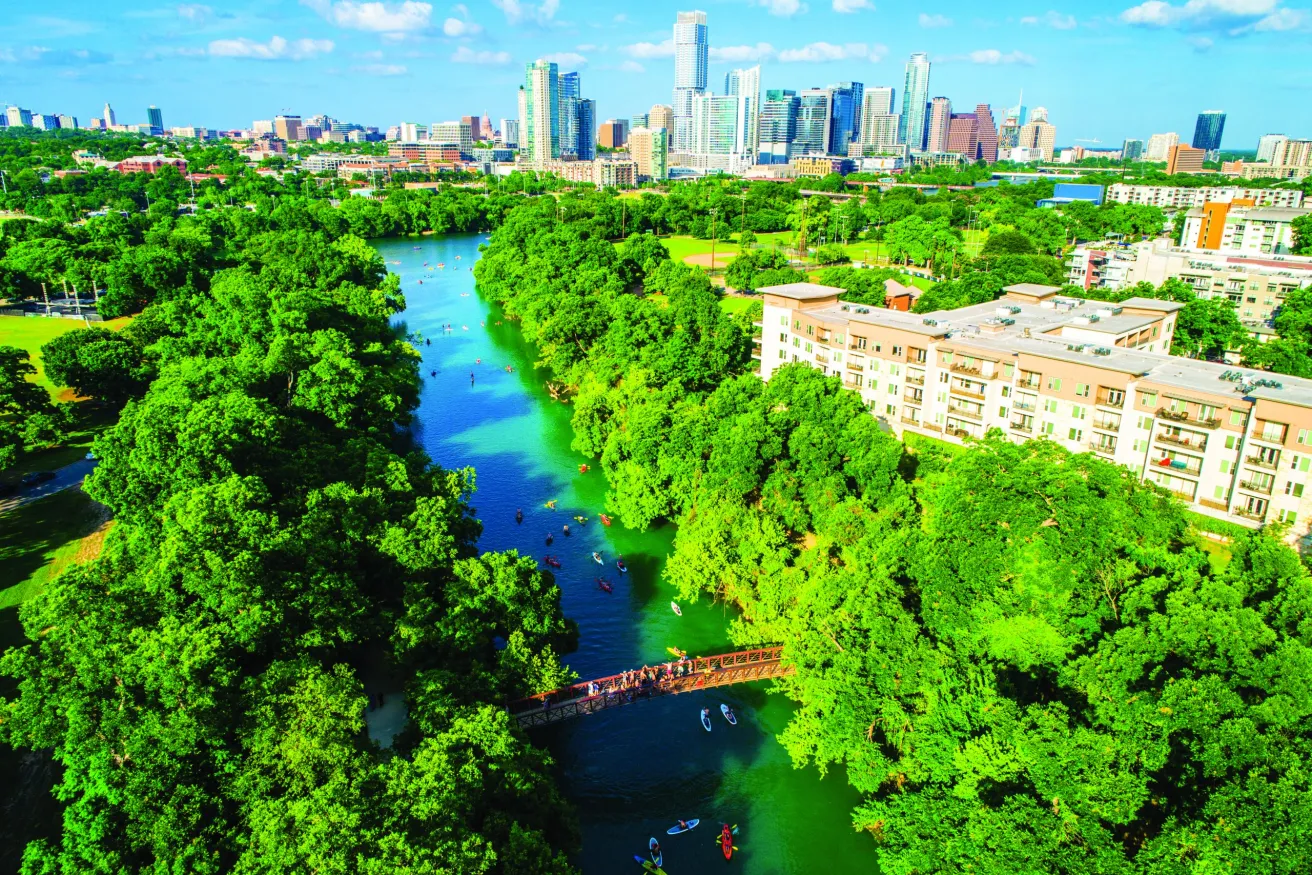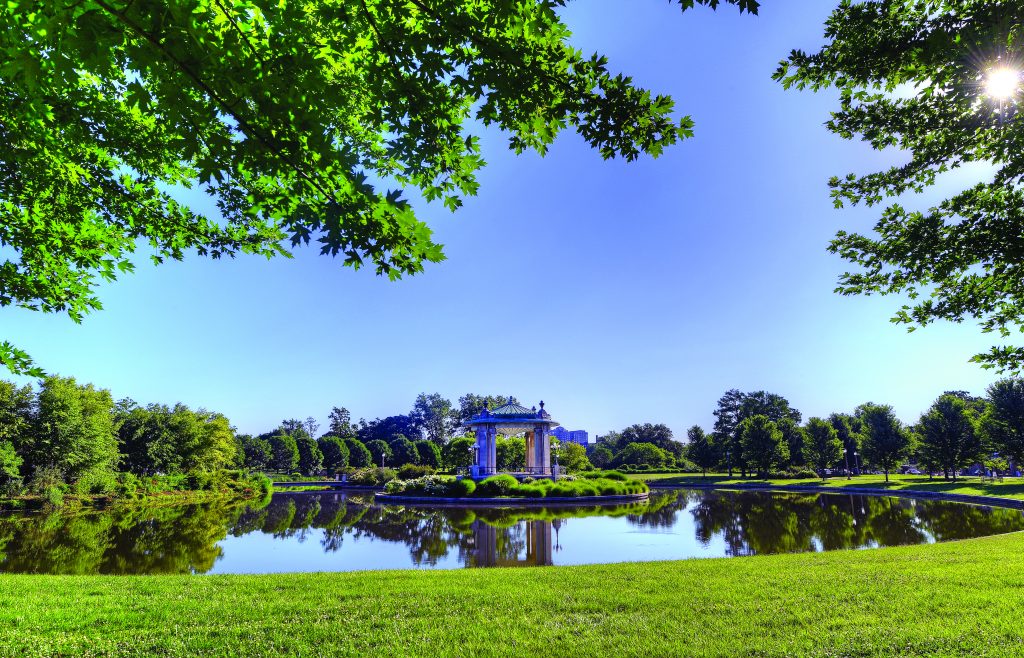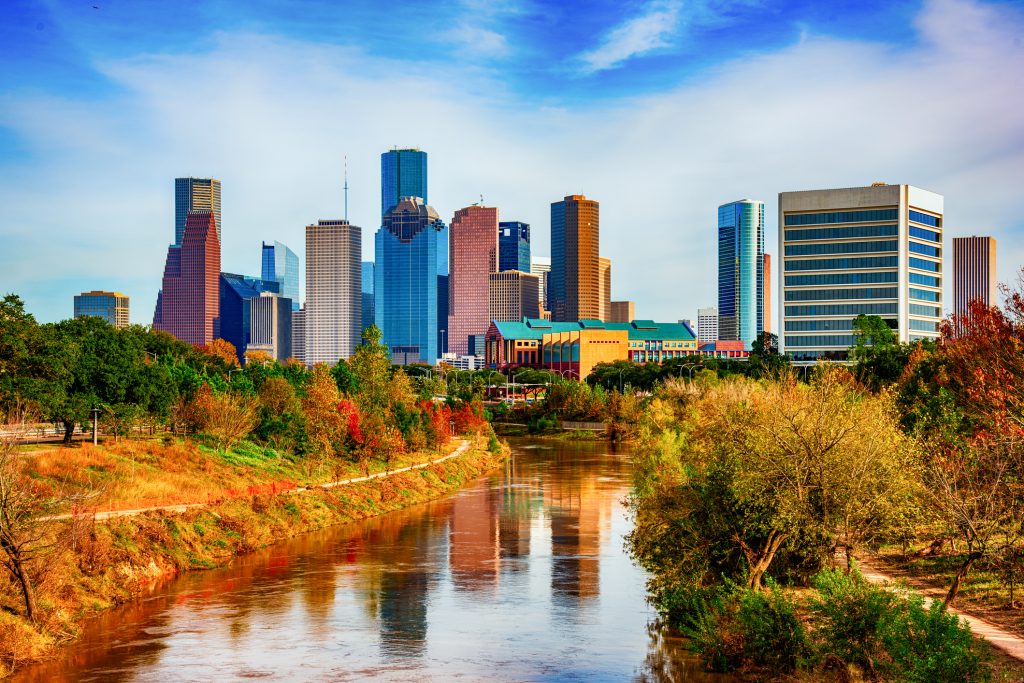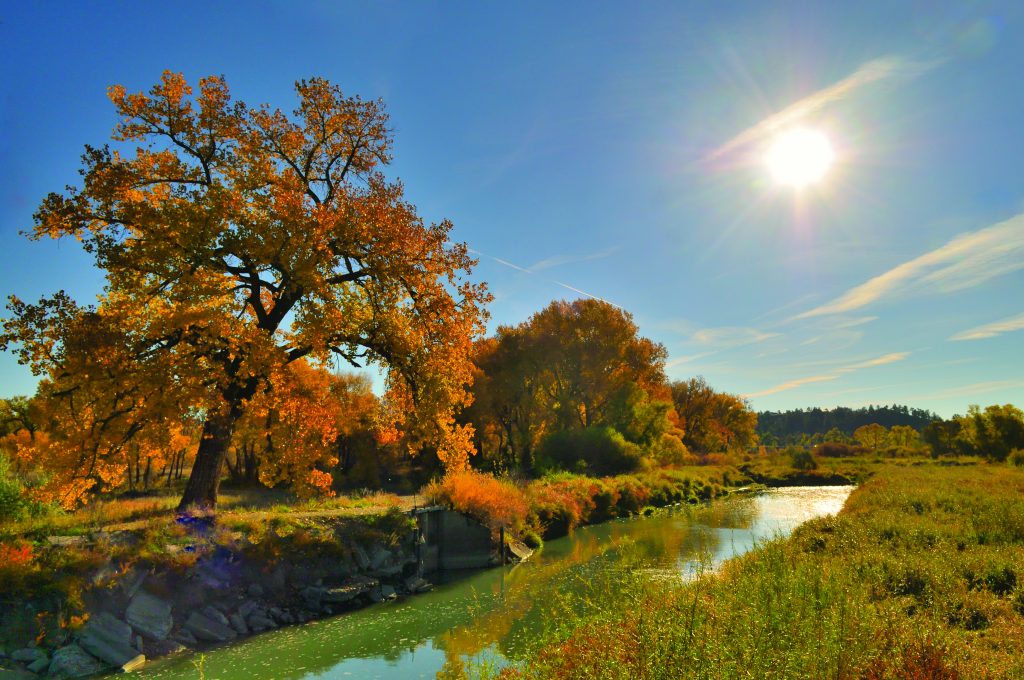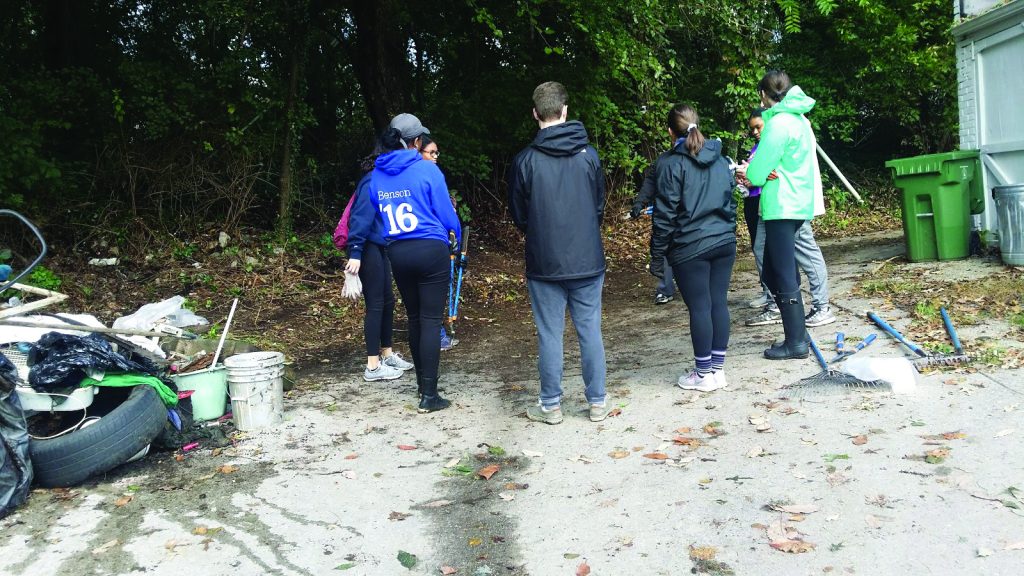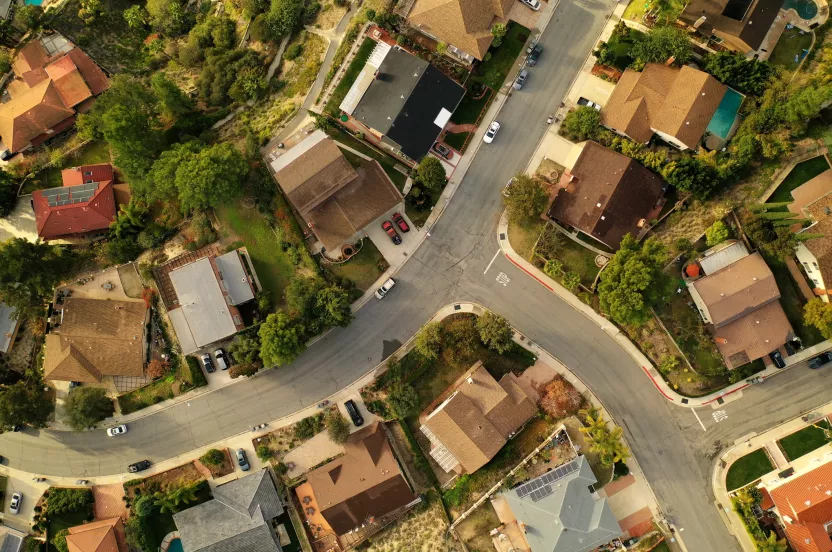Now live: The 2025 Canopy Report. Learn how Americans see trees. GET THE REPORT
Natural areas in cities may sound like a contradiction of terms. However, they are essential to the quality of life in urban areas. Wooded areas in and around our communities offer recreation, health benefits, a refuge for wildlife, and a wide range of environmental services. Whether they are small parcels on scraps of unbuildable land or large forested areas such as Bellevue’s Urban Forest near Seattle, their importance is immense — and too often undervalued.
Read More: Tree Cities of the World Creates a Global Network
Recently, New York City’s Natural Areas Conservancy (in partnership with The Trust for Public Land and the Yale School of Forestry and Environmental Studies) conducted a nationwide survey regarding these spaces, and more than 100 cities responded.
Following are five examples of cities doing it right.
New York: A Model of Assessment and Monitoring
Estuaries are an important part of the natural areas in the vicinity of New York City.
New York City is home to 10,500 acres of forested natural areas and another 10,000 in wetlands and grasslands. In 1984, the Department of Parks and Recreation created a Natural Resources Group to manage these vast and valuable areas. One of the unit’s first accomplishments was to map, inventory, and create a system of monitoring the wooded natural areas.
They took a quantitative approach to understanding the condition of New York City’s forests by examining the soil quality, species composition, tree health, and other features in more than 1,100 plots. They also established 250 permanent plots to gain a better understanding of long-term changes in the forests. These plots are used to help set goals and prioritize work projects, while rapid site measurements are used to direct work and understand its effectiveness.
St. Louis: Forestry Practices in the City
Wooded parcels share the park with running and bicycling trails, a golf course, and other constructed features in St. Louis’ popular Forest Park.
St. Louis, Missouri, provides examples of a number of aggressive management practices intended to restore neglected or degraded wooded areas scattered within 1,300-acre Forest Park, the sixth most visited urban park in the nation. The goal is ecological health, species diversity, soil stabilization, and public safety. With technical support and grant funds from the Missouri Department of Conservation, forest stand improvement methods include thinning to proper stocking levels, the introduction of natural openings, and planting native species. The removal of invasive species has, of course, been part of the projects. But the goal is to use the forestry practices to let nature control the invasives and reduce the need for recurring, short-term control methods.
Carefully designed prescribed fires have been another management tool. Public education and communication/cooperation with fire and police departments have been extremely important, and the fires have been successful in reducing dead material, improving soil nutrients, and providing a means for native species to out-compete invasive species.
Houston: A Link to Climate Change
The skyline of downtown Houston, Texas, from a bridge over the Buffalo Bayou within Eleanor Tinsley Park.
Houston’s Parks & Recreation Department has shown how trees are one solution to adverse climate change through carbon storage and energy savings. Using Forest Service data, department personnel were able to link natural area creation and protection to the city’s Climate Action Plan.
The city’s riparian zones were prioritized, and the planned work was shown to provide even more benefits through flood mitigation and reduction of water pollution. An example of the results is that 10 acres of previously mowed park land were planted to create forest habitat, and a total of 70 parks were identified as having areas adjacent to a bayou or tributary where a riparian buffer could be enhanced or created.
Billings: Restoration of a Cottonwood Flood Plain
The restoration of Riverfront Park in Billings not only protects an area needed by cottonwood trees to function as a unique ecosystem, but it has also led to greater public appreciation of nature.
Billings, Montana, has evolved from a hub of railroad, agricultural, and mining activities to a major center of commerce, education, and medical services. With the change of demographics has come a demand for amenities. This, in turn, has led to what has been called “the rediscovery of the (Yellowstone) river as an ecological and recreational gem.” When gravel pits and other industrial use of the riverside land were abandoned, Riverfront Park and the Montana Audubon Center were created.
The park has been formally designated by the city as a natural area. Now, work is progressing to make the area a showcase of a riparian cottonwood forest functioning as naturally as possible. With help from students at nearby Rocky Mountain College, plots for monitoring are being established, invasive species are being removed, and interpretive materials are being developed. The goal is to make the restored natural areas in Riverfront Park the epicenter for research and an opportunity for the public to experience an intact, fully functioning riparian cottonwood forest ecosystem.
Baltimore: No Woods are Too Small
Students from Loyola University join with Friends of Springfield Woods to clean up trash and help restore the small, wooded area in Baltimore.
Katie Lautar, executive director of Baltimore Green Space, defines a wooded area as being more than 10,000 square feet. Baltimore has more than 1,000 such natural areas, and 3.5-acre Springfield Woods is one of them. For a long time, this place was only a dumping area until a local resident spearheaded an effort to restore and preserve Springfield Woods.
To gain attention to the site as something beneficial and enjoyable, the “Monster of Springfield Woods Haunted Trail” fundraising event was held with the help of Loyola University students dressed in scary costumes. This, along with community cleanup events and invasive vine removal, has garnered public appreciation for Springfield Woods and similar areas in Baltimore’s parklands and conservation areas.
Get Involved in Your Community Forest
You can learn more about the importance of these natural areas, as well as steps your community can take to care for them in the March/April 2021 Tree City USA Bulletin. You can also subscribe to our bimonthly Tree City USA Bulletins — filled with information regarding tree care, urban forestry, replanting, aboriculture, and more.
